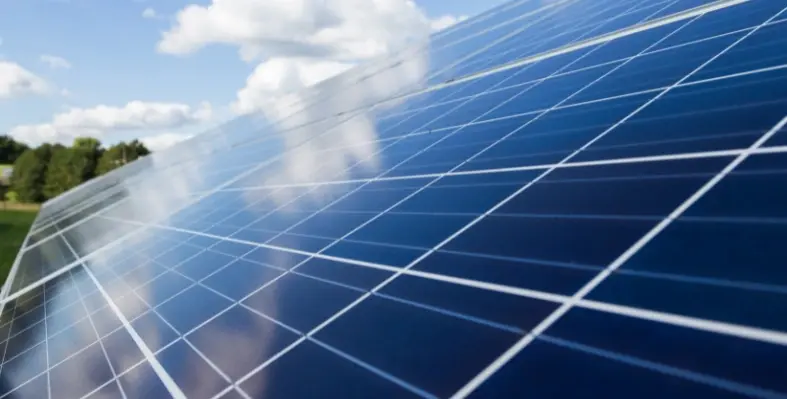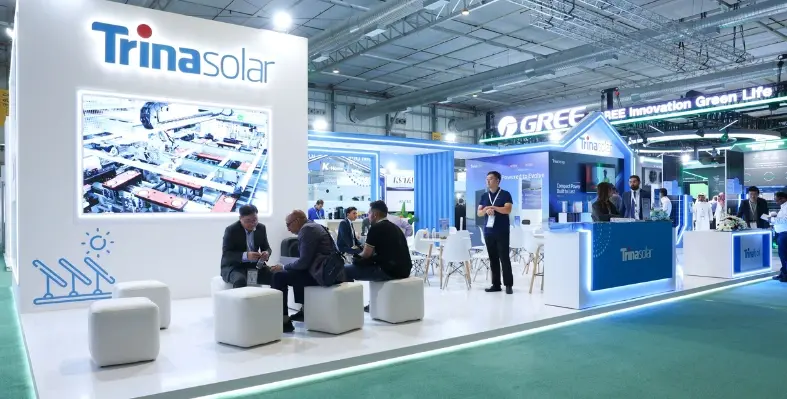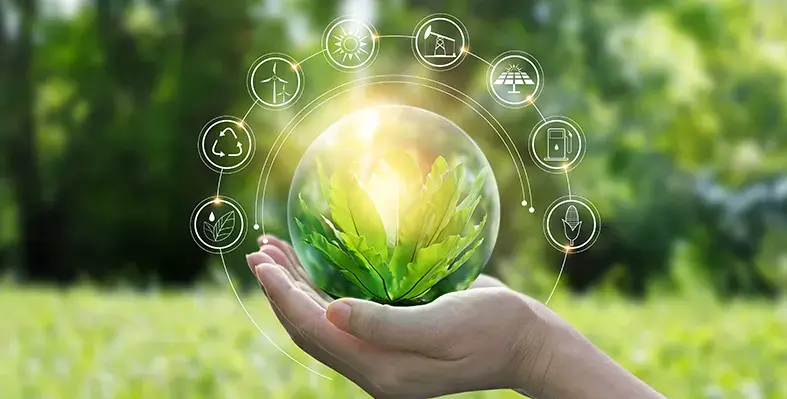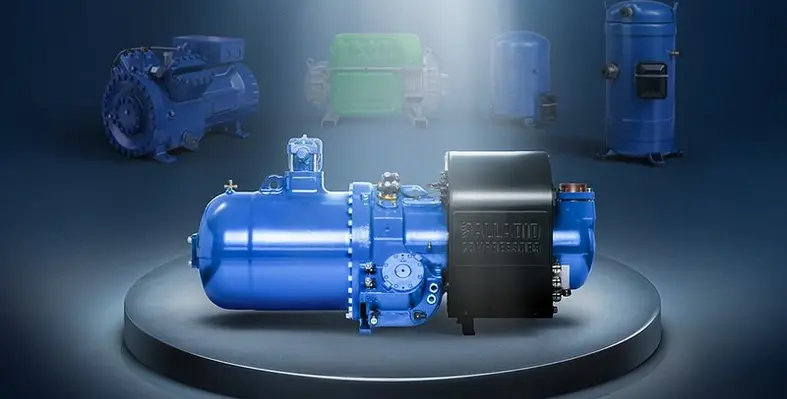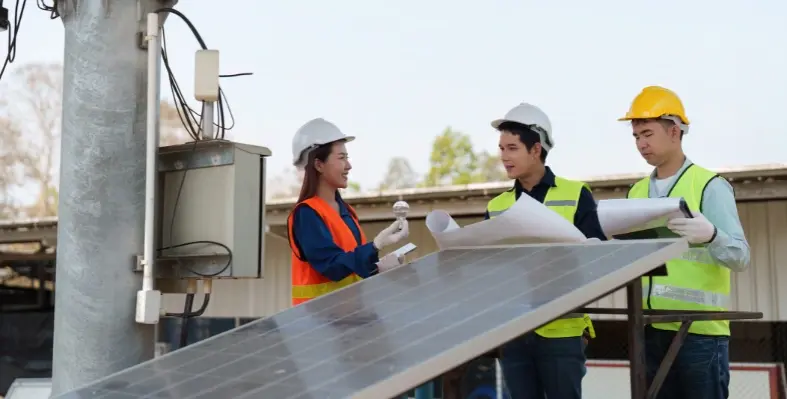The world is falling behind on renewable energy and efficiency goals, despite record capacity growth in 2024, according to a new report from the International Renewable Energy Agency (IRENA), the COP30 Brazilian Presidency, and the Global Renewables Alliance (GRA).
Global renewable capacity additions reached 582 GW last year, yet the COP28 UAE Consensus target of tripling renewables to 11.2 TW by 2030 now requires 1,122 GW annually, with 16.6% growth needed each year. Energy efficiency also lags, with global energy intensity improving by just 1% in 2024—far below the 4% annual gains needed to meet UAE Consensus goals.
The report calls for urgent action: integrating renewable targets into national climate plans, doubling collective NDC ambition, and scaling investment in renewables to at least USD 1.4 trillion annually through 2030.
United Nations Secretary-General António Guterres said, “The clean energy revolution is unstoppable. Renewables are deployed faster and cheaper than fossil fuels – driving growth, jobs, and affordable power. But the window to keep the 1.5°C limit within reach is rapidly closing. We must step up, scale up and speed up the just energy transition – for everyone, everywhere.”
IRENA Director-General Francesco La Camera added, “The world has broken renewable capacity records, but records alone will not keep 1.5°C alive. Renewables are not just the most cost-effective climate solution; they are the biggest economic opportunity of our time. This report shows the path: accelerate deployment, modernise grids, scale clean-tech and strengthen supply chains.”
Ben Backwell, Chair of the GRA, said, “The private sector is driving the energy transition, providing three-quarters of global clean energy investment… What we need now are long-term government plans that match national ambitions; we need pipelines that deliver projects.”
The report highlights that G20 nations must lead, contributing over 80% of global renewable capacity by 2030, while advanced economies should ramp up climate finance and investment in grids, storage, and clean-tech supply chains to secure a stable energy transition.



